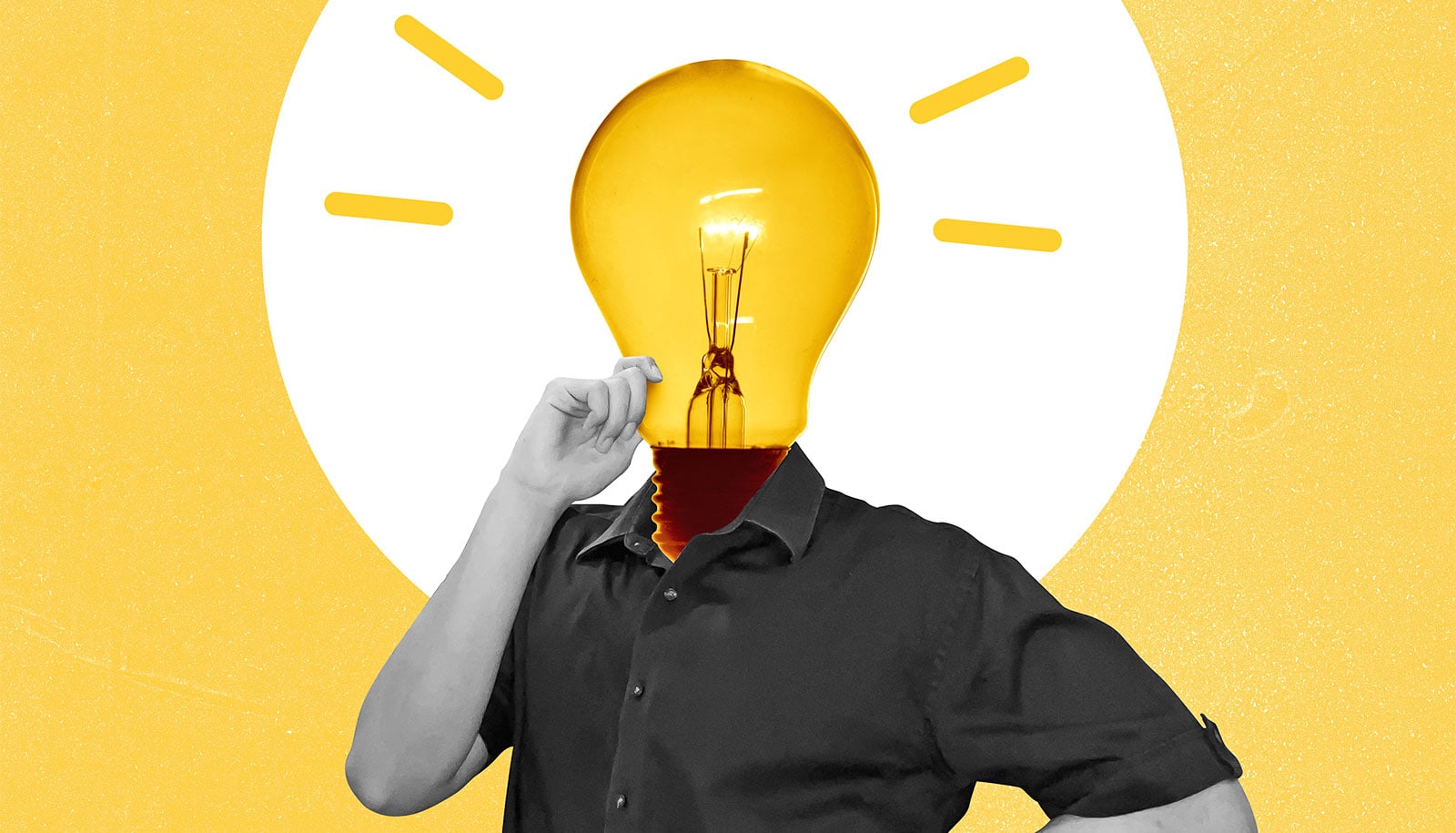Researchers may have developed a new theory to account for one of sleep’s looming mysteries.
Every living thing that sleeps appears to follow the same basic pattern. From wakefulness, organisms transition to a repeating cycle of sleep with low brain activity followed by a stage where our brains are harder at work, among other things, generating vivid dreams.
Humans’ eyes also dance around behind our eyelids during that high-activity stage, which is why it’s referred to as rapid eye movement, or REM, sleep.
Although there are a few notable exceptions—including people with narcolepsy and people who haven’t slept in days—this repeating non-REM to REM sleep cycle is remarkably prevalent across the animal kingdom.
“Evolutionarily, it’s so preserved and so ubiquitous across species,” says Sara Aton, a University of Michigan professor of molecular, cellular, and developmental biology.
“That means there’s probably something really important about that particular order of sleep. And it never goes in reverse, unless something has really screwed up the system.”
Yet, scientists have lacked a satisfying explanation for the biological function of this virtually universal phenomenon. Now, researchers led by Aton and Michal Zochowski have put together a theory built on experimental observations in mice and computer modeling of the brain’s neural circuitry.
That theory posits that, if memories were shrubs, the non-REM phase of sleep helps them grow taller and stronger. The REM stage then prunes, keeping them shapely and distinct, and preventing them from overlapping and growing into each other.
“It only works if you have this sequence. If you go in reverse and have REM first, it prunes everything away. Then no memory is left,” Aton says.
“In the proper sequence, you reinforce things that need to be reinforced. Then REM comes in to prune back the overlapping portions of unrelated memories.”
In mice, the researchers could observe the effect of sleep on remembering simple conditioning experiments. In humans, Zochowski says, this could have familiar implications in our everyday business.
“Let’s say you have three meetings in a day. We know that you’ll remember these meetings better after a good night’s sleep,” Zochowski says.
“Now, it appears that during non-REM sleep, you’re strengthening your memory of each meeting. But you also need to remember who said what and during which meeting. What REM does is keep that separate.”
Led by Aton’s team, the researchers’ latest experiments monitored mice brains to see which parts of the hippocampus were active during different phases of sleep following a simple conditioning scenario.
Mice were moved from their home enclosures to a new environment and, after exploring a couple minutes, would receive a small shock to their feet. There was also a control group of mice who experienced no such unpleasantries. This enabled the researchers to compare brain activity of sleeping mice during REM and non-REM cycles that had and hadn’t forged an association between the new space and a shock.
But researchers can’t yet zero in on all the individual neurons encoding specific memories with available techniques, so this is where the team’s modeling stepped in to help complete the picture. The model was developed by Zochowski’s group and treats newly encoded memories as changes in the activity of neurons in circuits, subject to the brain’s environment where a biochemical called acetylcholine modulates their activity.
“We can actually simulate and pinpoint which neurons are being activated by a learning event,” Aton says. “We can model that and we can model changes that happen with respect to acetylcholine as an animal goes through the different stages of sleep.”
There are also two types of neurons: excitatory ones that tend to stimulate their neighbors and inhibitory ones that tamp down the activity of others. By combining these dynamics with real world data on brain activity and acetylcholine levels during different phases of sleep, the model helped reveal conclusions that were previously inaccessible.
Although the researchers are excited by the result, they stress that this is not the final word on the matter. Their circuit model is a simplified representation of the brain and the team’s experiments tested relatively straightforward memory scenarios. Thus, the theory could change or evolve as researchers subject it to more complex test cases and provide it with new and different types of data.
“What we have now is a study that says, ‘Look, this is what could be happening,'” Zochowski says. “Now we have to prove that the model is associated with reality.”
The work appears in the journal PLoS Computational Biology.
Support for the work came from the National Science Foundation, a Chan Zuckerberg Initiative, and the National Institutes of Health. The project was made possible, in part, by advances made by the broader community over the last dozen years, fostered by the NIH’s Brain Research Through Advancing Innovative Neurotechnologies, or BRAIN, Initiative.
Source: University of Michigan



